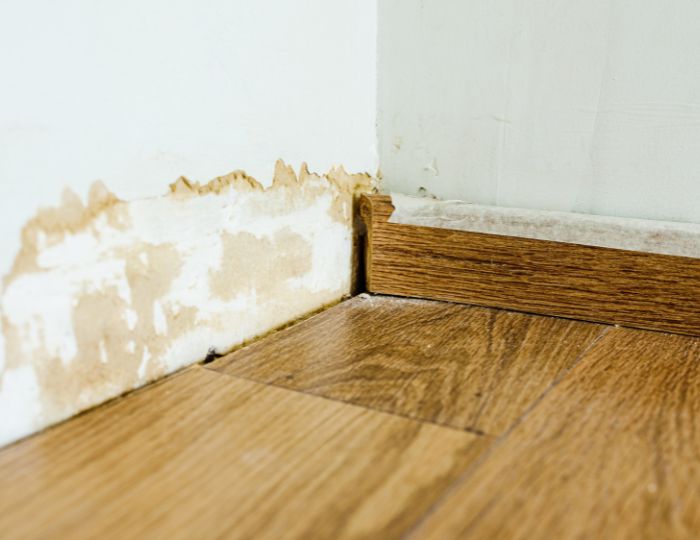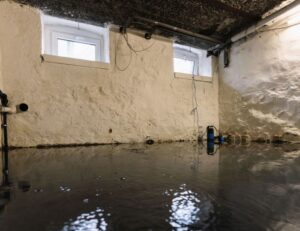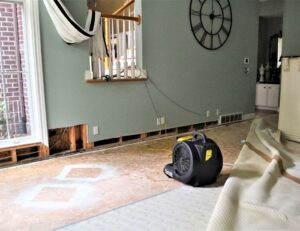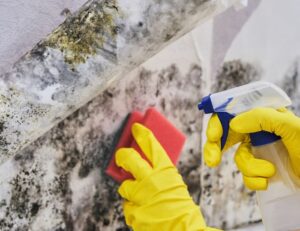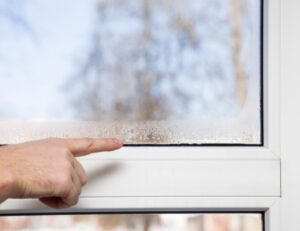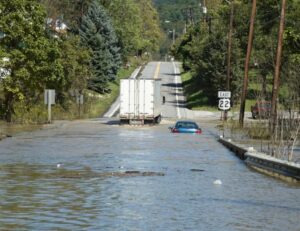Floods can cause visible damage, but some issues can be hidden beneath the surface. Here’s how to spot them early to prevent costly repairs and health risks.
Look for Warped or Discolored Walls and Floors
One of the first signs of hidden water damage is warped or swollen wood, especially in floors and baseboards. Even if you don’t see standing water, these materials absorb moisture, causing them to buckle or become discolored. If your hardwood floors start to feel soft or show cracks, it’s a clear indicator of water seepage that needs immediate attention.
Detect Musty Odors and Mold Growth
A musty smell in your home often signals mold growth, which can thrive in damp environments left behind by flooding. Even if you don’t see visible mold, lingering moisture can create conditions conducive to growth. Check hidden corners, under carpets, or inside cabinets for mold and mildew, which can damage both your property and your health.
Inspect Insulation and Behind Appliances
Wet insulation can retain moisture and foster mold growth, leading to long-term structural damage. Similarly, check behind large appliances such as refrigerators, dishwashers, and washing machines, where water can pool unnoticed. These areas are often overlooked but are common spots for water to hide, creating hidden risks for your home.
Prevent Further Damage with Professional Flood Damage Restoration
Hidden water damage is a serious issue that requires prompt attention. If you suspect water damage in your home, don’t wait for it to escalate into a larger problem. American Quality Restoration specializes in thorough inspections and expert restoration services. Contact us today to schedule a professional evaluation and protect your home from long-term damage.


